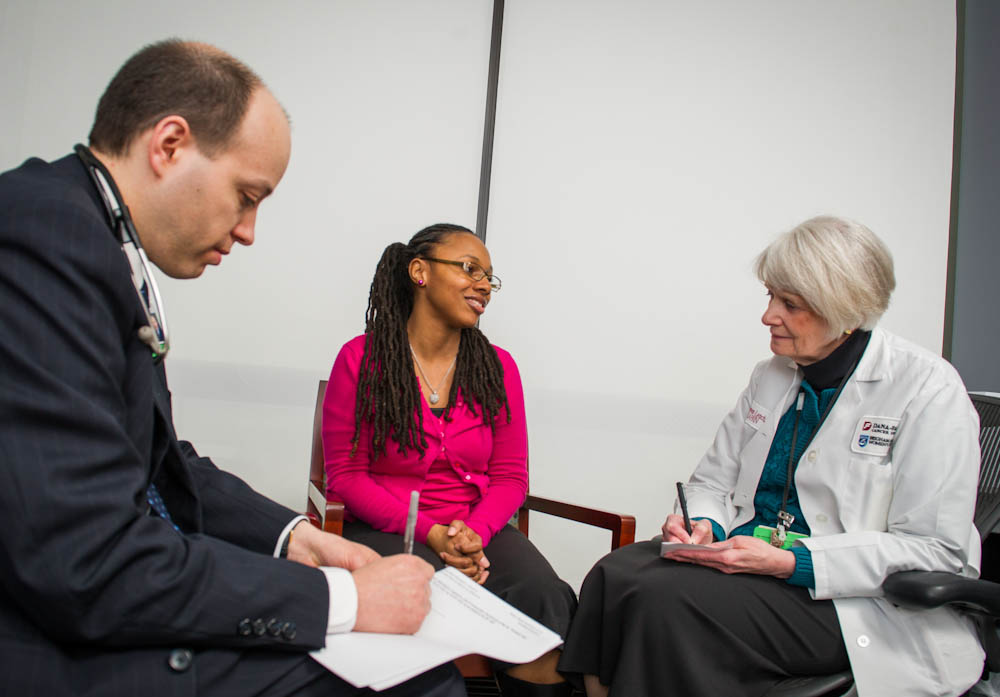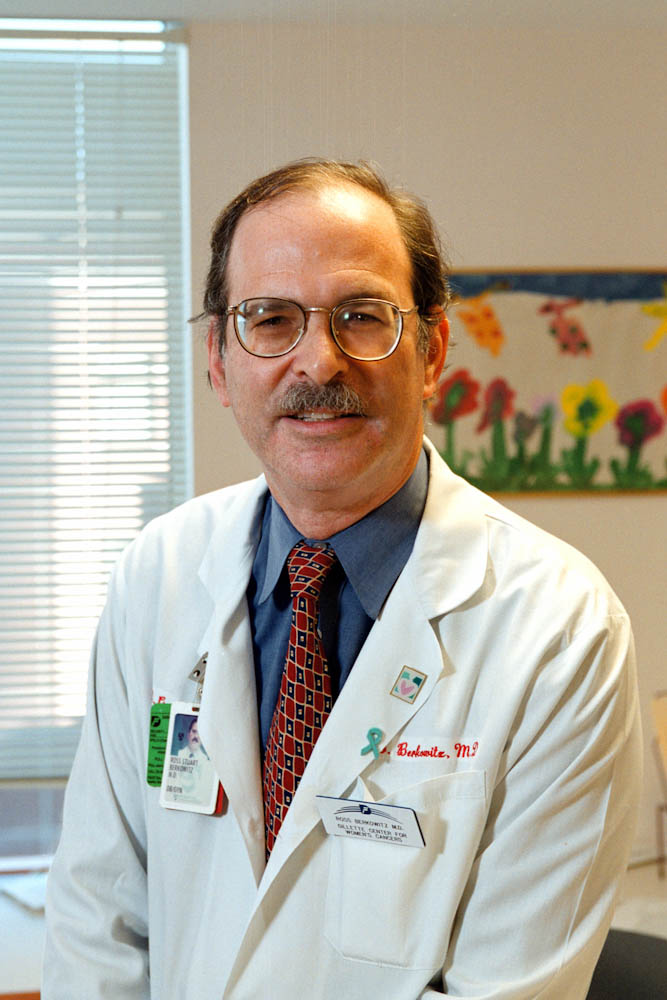
Gestational Trophoblastic Disease (GTD) is a rare disease where a group of tumors develops in the uterus after conception, leading to abnormal development of the placenta. It affects about 1 in 1,000 pregnancies. More than 80 percent of GTD cases are non-cancerous and all forms can be treated, with the majority of cases curable.
Physicians with the New England Trophoblastic Disease Center at Dana-Farber/Brigham and Women’s Cancer Center (DF/BWCC), affiliated with the Susan F. Smith Center for Women’s Cancers at Dana-Farber, have produced more than 300 original research reports and publications on GTD, which continue to help improve prevention, early detection, and treatment of the disease. The Center has also put together the largest gestational trophoblastic cancer registry in the United States, providing insight into the long-term effects of GTD treatment, including fertility.
Below, DF/BWCC experts provide some basic details:
Are there different types of GTD?
There are three main types:
- Hydatidiform mole, or molar pregnancy – A condition that occurs when fertilization of an egg results in an abnormal pregnancy. A complete molar pregnancy develops when a fertilized egg lacks maternal genes and grape-like cysts fill the uterine cavity. A partial molar pregnancy occurs when more than one sperm fertilizes a normal egg and results in a pregnancy with an abnormal placenta and fetus.
- Choriocarcinoma – A highly malignant form of GTD that spreads rapidly and requires vigorous treatment. It can begin as a molar pregnancy or from tissue that remains in the uterus following a miscarriage or childbirth.
- Placental-site trophoblastic tumor, or epithelioid trophoblastic tumors – A rare form of GTD that forms in the uterus at the site where the placenta was attached. These tumors less commonly spread to other parts of the body.
 What are the risk factors for GTD?
What are the risk factors for GTD?
Doctors are not always able to explain why a woman develops GTD, but risk factors can include:
- Women who have had pregnancies after age 40
- Previous cases of GTD
- Diet low in beta carotene or vitamin A
- Long-term use of oral contraceptives
- Irregular periods
- Women who have had miscarriages
What are the symptoms of GTD?
The most common symptoms of GTD are feeling pregnant and vaginal bleeding. Other symptoms can include:
- Abdominal bloating
- Nausea and vomiting more severe than in normal pregnancy
- Fatigue, shortness of breath, and lack of energy due to anemia
- Signs of an overactive thyroid gland (rapid heartbeat, warm skin, mild shaking)
- High blood pressure due to pre-eclampsia
In some cases of choriocarcinoma, women may be symptom-free until the disease affects other organs.

How is GTD treated?
After the diagnosis, the uterine contents are removed by suctioning (also called dilation and evacuation). If the tumors are benign, the patient is monitored for six months. Older patients who have completed childbearing may undergo a hysterectomy to reduce the risk of malignancy.
If the GTD is malignant, treatment will depend on the stage of the disease and any risk factors. The three kinds of treatment commonly used for GTD include chemotherapy, radiation therapy, and hysterectomy.
Gynecologic oncologists are also evaluating novel, targeted therapies through clinical trials. A list of Dana-Farber trials is available here and a national list is available at clinicaltrials.gov.
Is pregnancy possible after GTD?
Most women who have had a single incidence of GTD can go on to have normal pregnancies.
After chemotherapy is completed, women should postpone pregnancy for 12 months while they are monitored to make sure the tumor does not recur.
For more information, visit the website for the New England Trophoblastic Disease Center.
